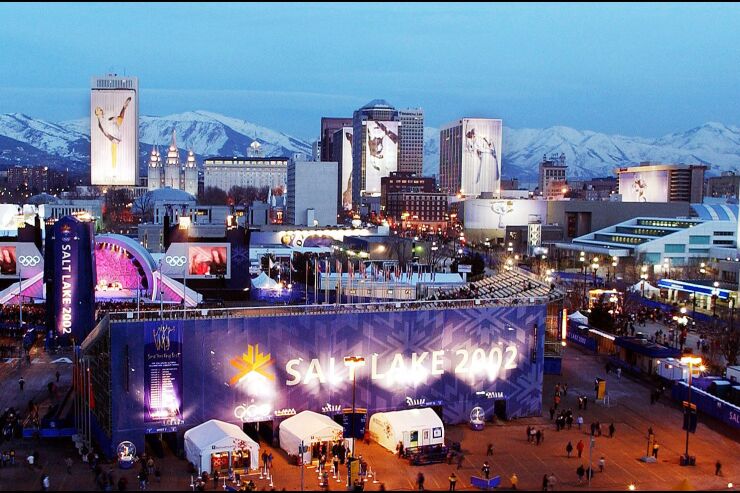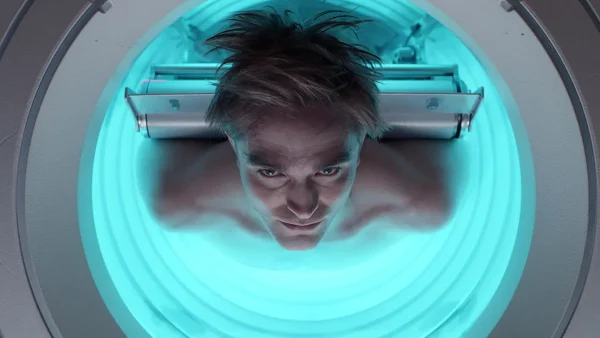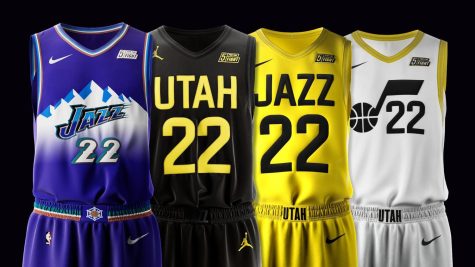We Built This City on Rock and Snow: The 2002 Winter Olympics in Salt Lake City
If you live in Utah, you certainly know about the 2002 Winter Olympics held in Salt Lake City. It’s what puts Salt Lake on the map, and a huge part of the cities, and states’ culture. However, with this year’s graduating class being born in 2004 and 2005, there are zero students that were alive during the games; yet, the impact the games had on Salt Lake City and Utah as a whole lives inside of us as students and residents of the state.
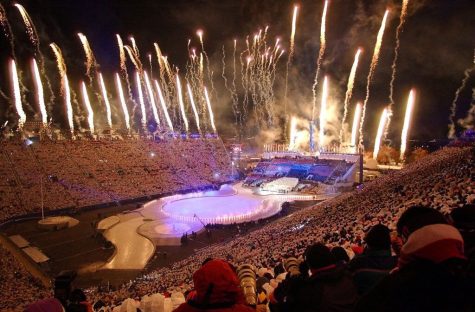
In June of 1995, Salt Lake City was chosen by the International Olympic Committee (IOC) to host the 2002 Winter Olympics, and to be organized by the Salt Lake Organizing Committee (SLOC). Salt Lake City was chosen over the other potential candidates of Quebec City, Canada; Sion, Switzerland; and Östersund, Sweden. The games were held from February 8th, 2002, to February 24th, 2002. Despite the games being held in Salt Lake City, the events were held in ten different locations across the Salt Lake valley including Salt Lake City, Park City, Ogden, West Valley, and Kearns.
Well known Utah figure Mitt Romney was in charge of the SLOC to bring the games to life; however, he would need extensive money to do so. Romney and other partners raised millions of dollars to fund the games and received another $410 million dollars from the federal government. In total, it cost roughly $2 billion dollars to fund all of the events. The games however were extremely successful, and despite being the least sponsored Olympic event up to that point, gained the SLOC an extra $40 million dollars in profit. This fact is significant being that over the last half century and beyond, no Olympics has turned a profit for the host city, besides Salt Lake City.
This money was, and is still being used to operate and maintain the venues built for the games, like the Olympic Village in Park City, and the Utah Olympic Oval in Kearns.
One of the most well used developments to Salt Lake City that came from the games was the TRAX light rail systems that were built in 1999. These systems are still used today, and there’s even a TRAX station just over a mile away from Herriman High School by the new Daybreak Library. University of Utah students also get free travel through TRAX with a U of U student ID card, and anyone going to a Utah Athletics event gets free fare included with their event ticket.
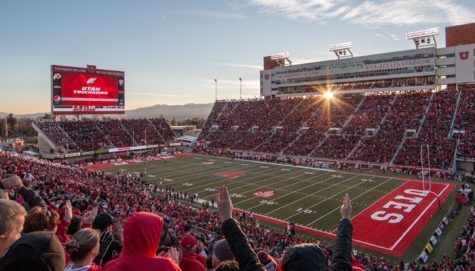
The University of Utah also highly benefited from the games as a whole. The SLOC had asked the University to build more dormitories to house athletes. These would be used beyond the conclusion of the games to house nearly 3,500 students, and are still used today. If you’re a UofU football fan, the Universities football program also received a boost from renovations done to Rice Eccles Stadium, upgrading to nearly 46,000 seats from the previous 32,000 seats. This has shown to have been necessary and very beneficial, as Rice Eccles Stadium reaches sell-out numbers for every Utah football game in recent seasons, and as of the game vs USC in October, the program is on a 74 game sellout streak. The University would be refunded nearly $100 million dollars for the money it had invested per request of the SLOC, and for its maintenance.
Another major development that came from the Olympics was the reconstruction of Interstate-15 (I-15) that began in April of 1997. The reconstruction gave I-15 an extra general purpose lane, an HOV lane, as well as an auxiliary lane. A traffic management system was also added for the Salt Lake County portion of the interstate. The $1.6 billion dollar project was controlled by the Utah Department of Transportation, in which $4.5 million dollars was provided for by the federal government. These developments were a huge benefit to the games being in Salt Lake City, as it provided better traffic flow to the city, as well as across the valley. I-15 has since gone through further developments after the conclusion of the project in July of 2001.
The games themselves were a huge hit. The opening ceremony on TV reached an audience of 23.3 million viewers, and achieved a rating of 19.4. Salt Lake 2002 is also the most successful Winter Games in terms of TV coverage, amassing 2.1 billion viewers over 160 countries. That number just edges out the most recent Winter Olympics earlier this year in Beijing, which amassed 1.01 billion viewers. In total, 13 billion hours of live coverage was consumed of the games. To put that in perspective, if you stretched that number into a single timeline, it would last 1,484,018 years.
Norway won the most gold medals with 13, Germany followed with 12, and the United States wrapped up the podium with 10. The United States also tied the world record of most gold medals won by the host nation, which was previously held by Norway from 1994. Germany won the most medals total with 36, the United States held second with 34, and Norway took third with 25.
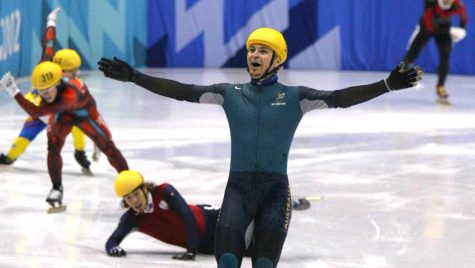
The most memorable moment from the games however, came from the 1,000 meter speed skating event. Steven Bradbury, representing Australia, found himself well off the pace in the gold medal speed skating race, when in the final corner of the final lap, the four other competitors in front of him crashed, leaving a clear pathway for Bradbury to cross the finish line first, uncontested.
Not only was this the first ever Winter Olympic gold medal win for either Bradbury or Australia, It was the first time in history it was won by a country from the southern hemisphere.
At the conclusion of the games, Salt Lake City was left better than when the Olympics found it, and the infrastructural advancements and developments have made a lasting impact that can still be seen today. The United States Olympic Committee has also chosen Salt Lake City as their bid to host the Olympic games in 2030 and 2034, and considering the overwhelming success of the games, and the already built and maintained facilities, it would be surprising to see both bids fall short to other potential hosts. The International Olympic Committee is expected to announce the host city for 2030 next fall, and as for 2034, there isn’t a set announcement date.



